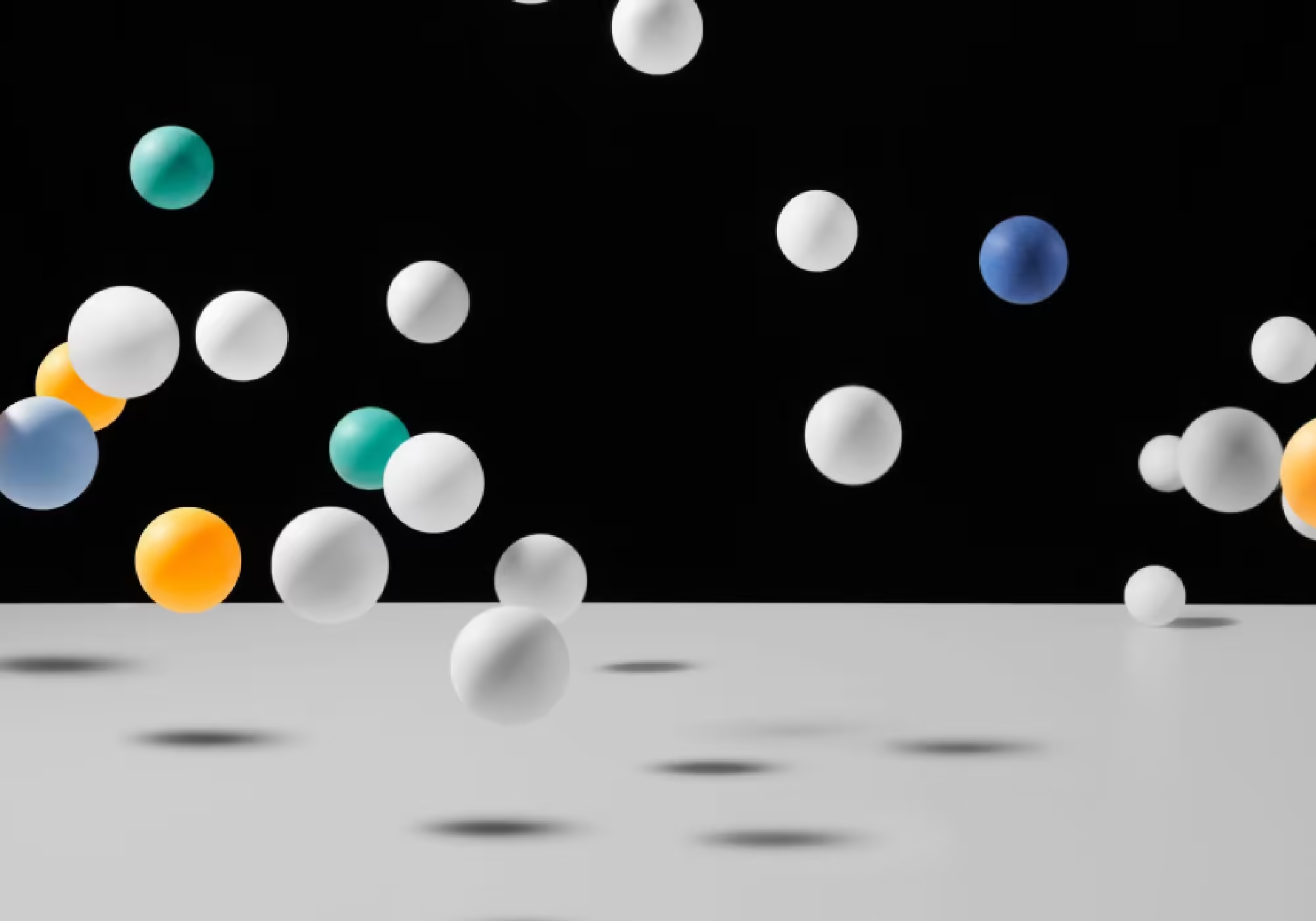Imagine a world where you can access your files anytime, anywhere, without taking up space on your device. Cloud storage has now become an integral part of our digital lives. Storage, access, and sharing files is necessary for everyone. This includes personal photos and videos of important work documents. And modern technology’s game changer is cloud storage today. It is a nice and no-pressure method in which to have your digital life arranged and safe and sound. You can be as an individual or as a company. Knowledge that works on how cloud storage works is necessary. Whether it’s for you or your business, you will have to pick which solution is right. Introduction This service lets you save your digital files on remote servers via the Internet. Instead of keeping your information on your computer’s hard drive, you can save it to a remote database. You can access these servers online, allowing you to recover your data from any device connected to the web. How Does Cloud Storage Work? It turns out that the process of using your cloud storage is pretty straightforward. When you upload a file, the provider’s server receives it over the internet. Here’s what happens behind the scenes: Your data is protected by advanced technology used by cloud providers. However, encryption prevents your files from being read if someone intercepts them, unless they have the appropriate key. So, this level of security has led cloud storage to become a trusted option for millions. Benefits of Cloud storage Cloud storage offers a lot of benefits that make it an attractive option for both individuals and businesses: Imagine never having to email yourself a file, or having to panic because your laptop crashed. With cloud storage, you can always stay in control of your data. Top Cloud Storage Providers There are several options available, each offering unique features and pricing plans. Here are some of the most popular options: Google Drive Google Drive gives you online storage, and it works with other Google tools like Docs and Sheets. This makes it easy to share files and work on them together. You get 15 GB of free storage, making it a popular choice for both personal and business use. OneDrive Microsoft’s storage solution, OneDrive, seamlessly blends with the Windows operating system and Microsoft Office suite. This integration creates a smooth, user-friendly experience for those already familiar with Microsoft products. iCloud Storage iCloud storage is designed for Apple users and works smoothly with iPhones, iPads, and Macs. It gives you 5 GB of free space, making it a good choice if you use mostly Apple devices and want easy access to your files on all of them. Dropbox Easy to use and great for teamwork, it gives you 2 GB of free storage with the option to upgrade. How to Choose the Right Cloud Storage Solution Selecting the ideal cloud storage option can be overwhelming due to the variety of options available. Here’s a simple guide to help you decide: The Future of Cloud Storage The cloud storage industry is always in flux with changing demands and needs. Here are some trends shaping the future: In the coming years, these advancements will further expedite the speed at which we will be able to store, access, and use cloud storage. Conclusion Cloud storage is a simple and secure way to keep your digital files safe. Whether you use Google Drive, OneDrive, iCloud, or another service, you can easily access your files at any time and feel secure about your data. As our online lives grow, cloud storage will become even more important for managing and protecting our information. Frequently Asked Questions
Explain Action and Reaction forces, Newton’s third law
The ability of swimmers to move effortlessly in water, as well as rockets to escape Earth’s gravitational pull, is explained through Newton’s third law of motion. One of the fundamental principles within physics explains the third law of motion, which was discovered by Newton. The world gained its modern understanding of physical phenomena from Isaac Newton, who established himself as the founder of modern physics through his laws of motion. The third law stands out among Newton’s laws of motion, as it reveals the basic principles that enable forces to function. The mechanics of motion find their explanation from this law, as it shows the fundamental balance that controls everyday actions, innovations, spaceflight operations, and astronomical body movements. Numerous phenomena in the world operate based on Newton’s third law, which explains both bird flight movements and spacecraft orbital missions. The understanding goes beyond book knowledge because it reveals the hidden workings of motion that exist everywhere in our universe. To understand how action-reaction forces operate throughout the world, analyze their mechanics. Newton’s Laws of Motion. Before we delve deeper into the third law, let’s briefly repeat Newton’s laws of motion: Newton’s Third Law of Motion Newton’s Third Law of Motion states: “For every action, there is an equal and opposite reaction.” This is a simple, yet far-reaching concept gives some insight into how forces work in pairs, how objects move, and how they remain steady. Think about pushing a shopping cart around a shop. The forward push on the cart produces one backward push on your hands of equal magnitude. The cart moves forward because these forces act on different objects: your hands and the cart, thus causing motion instead of cancellation. This idea was not always appreciated. Not until Isaac Newton, from the second half of the seventeenth century, were a lot of misconceptions prevailing about motion. In 1687 Newton published a book that changed the way we look at motion and forces. Among his three laws, the third played a significant role in this new perception that has enormously influenced everything from bridge-building to planetary motion. Why should we consider this law? Because this law ensures an equilibrium of every action happening in nature. Thus, whether it is the operation of the launch of a rocket or a bullet out of a gun, it is this mutual force that provides motion. It is this mutual force that has allowed civil engineers, natural scientists, and inventors to predict the result and use it in the real world. Understanding Newton’s Third Law allows us to comprehend the unseen forces that propel the universe. Key Points to Remember: Everyday Examples of Action and Reaction Forces Newton’s Third Law is not merely textbook material, but finds its application in real-world conditions too. Here are a few examples to demonstrate how this law decides the course of motion and interaction. Everyday Scenarios: Engineering Marvels: Action-Force and Reaction-Force Pairs Action Force Reaction Force A person pushing on a wall The wall pushing back on the person Rocket exhaust expelled downward Rocket propelled upward Hands pushing water backward Water pushing hands forward The examples show how Newton’s Third Law works at every level from basic human actions to advanced technological feats. The observations of forces in motion allow you to witness the elegance of force balance in nature. Applications in Science and Technology The third law of Newton serves as the basic concept that propels scientific and technological institutions toward developing original creations. Through their application of the action-reaction principle, both scientists and engineering teams develop advanced technologies that propel human advancement. Space Exploration Space exploration has achieved its success through the application of Newton’s Third Law of Motion. The principle serves rocket vehicles by enabling their propulsion operations. The combustion of fuel by rocket engines results in rapid downward gas movement at high speeds (action). The rocket needs to burn through such intensity that Earth loses its ability to retain it because the rocket engines generate upward thrust equal to the gravitational pull. The Apollo 11 Mission The Saturn V rocket on Apollo 11 used thrust control for demonstrations of Newton’s Third Law mechanics. The rocket ascended to space through its millions of pounds of exhausted fuel, which became space rocket fuel, leading humans to walk on the moon. The adjustment of satellite orbit depends on the application of Newton’s Third Law of Motion. The satellite keeps its precise position for communication and data collection through thruster systems that release tiny amounts of gas. Sports and Performance Competitive athletes make continuous use of Newton’s Third Law to achieve better results in their sports. The relationship between athletes and their sports equipment gets optimized through this principle when creating running shoes and swimwear equipment. Innovative Designs Through their work, engineers utilize the third law of motion to develop electric vehicles as a new technology. The regenerative braking system recharges the battery by employing this force, which occurs when the brakes are applied. The innovative design serves to save energy while it adheres to principles of sustainable design. The application of action-reaction forces through scientific and technological processes converted theoretical concepts into usable solutions, which form the basis of contemporary existence. Experiments to Demonstrate the Law Practical tests that demonstrate Newton’s third law remain always fascinating to observe. These experiments require hands-on work. This section presents two real-life demonstrations that illustrate action and reaction in practice: Balloon Rocket Experiment The straightforward experiment demonstrates the operation of action and reaction forces. Materials Needed: Instructions: What Happens: When air escapes from the balloon (action), the resulting reaction force moves the balloon forward through the string. The physics operation reflects the rocket propulsion mechanics that operate in space. Action-Reaction Cart Demo Materials Needed: Instructions: Explanation: A force applied to one cart produces an instantly matching force acting in the other direction on the second cart. The interaction of opposing forces acts as a demonstration according to this instance. List of Easy Home Experiments: Through simple science demonstrations students


